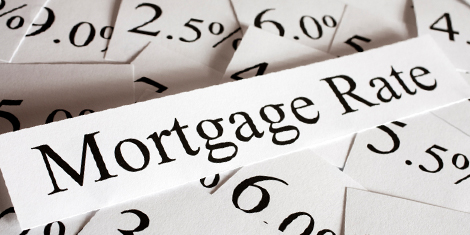By John Rehkop. Fundamentals for the commercial mortgage market continue to improve as the number of delinquent loans is on the decline and the banks loosen the reins on lending.
According to commercial real estate research firm Trepp LLC, commercial mortgage delinquency rates in the Charlotte market have dropped for 12 consecutive months from 7.62 percent in November 2013 to 4.32 percent last November.
Nationally, the story is much the same.
The delinquency rates for the national commercial mortgage backed securities market fell to 5.8 percent in November, the lowest level in five years, Trepp reported. Delinquencies have fallen 163 basis points in the last 12 months.
While the improving economy is the primary driver, Aquesta Bank President and CEO Jim Engel says “tougher (commercial) lending standards also haven’t hurt.”
Now, after years of standing pat, more businesses are doubling down to position their companies for growth. The pent-up demand for capital and increased appetite for risk has equated to significant loan growth for area banks such as Cornelius-based Aquesta, which enjoyed a 30 percent rise in their total loan portfolio in 2014. “There has been steady momentum and growth the last couple years,” says Engel.
Last quarter, a key indicator of the health of the overall economy signaled that small business lending was back to pre-recession levels. The Thomson Reuters/PayNet Small Business Lending Index, which measures the volume of new commercial loans and leases to small businesses, showed lending activity on par with 2006.
The index tracks new loan originations among U.S. small businesses.
Perhaps more impressive than the rate of growth is its broad-based nature. “It has been across the board,” says Engel, adding that one of the fastest growing areas is the owner-occupied market.
Sentiments echoed by Commercial real estate broker Gordon Allebach, of G Brokerage Commercial Real Estate in Cornelius, who has also seen a noticeable spike in the number of leases converting to mortgages. “That is one of the sweet spots of loan growth right now. Those are the deals with the most favorable terms (due to the mortgagees leasing history). And with interest rates at low levels historically, small businesses owners in particular often find they are better off owning than renting.” Owning not only builds equity but allows business owners to control their destiny so to speak, while lease rates can fluctuate.
More rural-based banks such as Albemarle-based Uwharrie Bank have experienced a noticeable shift from refinancing and expansion loans to new projects, says Regional President Pat Horton, as businesses look to break new ground.
“Development loans have surged in the past 2 years. We are seeing more and more new requests across most segments than we’ve experienced (in the past).”
But despite the debt-friendly interest rate environment and banks willingness to reinvest assets, Allebach, whose firms specializes in transactions less than $5 million, notes that a cloud still hangs over the commercial debt market for some after the economic meltdown. “We are still seeing a lot of cash transactions.”

